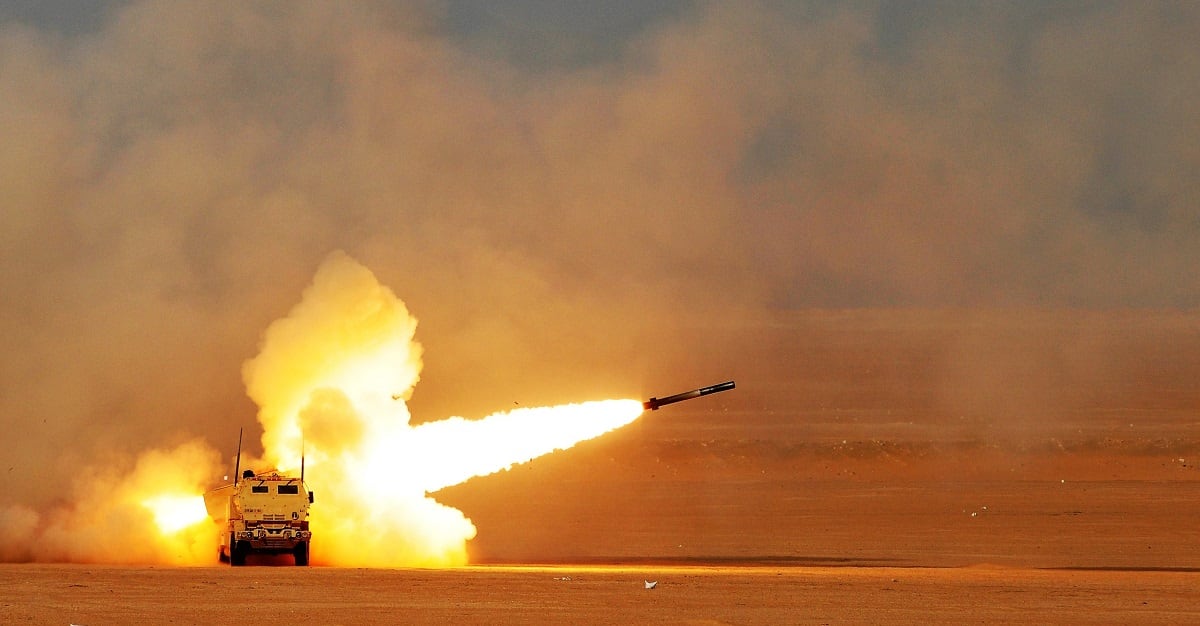WASHINGTON — House lawmakers are backing White House plans for a 2.6 percent pay raise and another sizable boost to the military end strength in their first draft annual budget legislation released Wednesday.
The proposal also includes plans to bring military service better in line with civilian careers, including making permanent the Defense Department’s Career Intermission Program and overhauling the Transition Assistance Program to better prepare troops for post-service life.
The bill, which still faces months of congressional debate before becoming law, signals broad support for the personnel priorities outlined in President Donald Trump’s second federal budget proposal, released in February.
The $716 billion topline for defense spending already has general support from Congress, which approved that figure in a vote earlier this year. But working out the details — and the defense policy priorities to accompany them — is expected to take House and Senate negotiators well into the fall to finalize.
RELATED

But those debates won’t feature fights over troops’ pay or service end strengths, at least not on the House side. In recent years, lawmakers there have gone above presidential requests to provide bigger paychecks to troops and more servicemembers for the armed forces, even amid concerns about the potential costs of the moves.
The 2.6 percent pay increase matches the expected raise in civilian wages for 2019, a figure that sets the federal standard for what military pay hikes should be annually. But in recent years, Pentagon leaders have advocated for small trims to those raises to save money for other equipment and training priorities.
Last fall, House and Senate lawmakers overrode Trump’s request for a 2.1 percent pay raise for troops in 2018, instead opting for a more generous 2.4 percent hike.
This year’s 2.6 percent mark is the highest troops have seen since 2010. For junior enlisted troops, it amounts to about $670 more a year in pay. For senior enlisted and junior officers, the hike equals about $1,300 more. For an O-4 with 12 years service, it’s more than $2,300 extra next year.
Under the House draft, the Army’s end strength would grow by about 4,000 soldiers, the Navy’s by 7,500 sailors, the Air Force by 4,000 airmen and the Marine Corps by about 100 Marines.
Those targets — and another 1,600 new Guardsmen and reservists — also match the White House request.
The Career Intermission Program was established as a pilot to allow some service members the opportunity to take a break from military service but leave open the option of returning. Use of the program has been limited thus far, but Pentagon leaders and lawmakers have praised the idea as an important tool to help retain military talent at a time when civilian recruiters are targeting their skills.
The House draft also includes new provisions designed to better prevent and prosecute sexual assault in the ranks, including improved crime reporting and more flexibility for some victims to transfer out of units.
The full House Armed Services Committee is expected to vote on the personnel proposals as part of a day-long legislative mark-up on May 9. Senate and House appropriations officials have not yet released their drafts of the personnel budget proposals.
Leo covers Congress, Veterans Affairs and the White House for Military Times. He has covered Washington, D.C. since 2004, focusing on military personnel and veterans policies. His work has earned numerous honors, including a 2009 Polk award, a 2010 National Headliner Award, the IAVA Leadership in Journalism award and the VFW News Media award.





